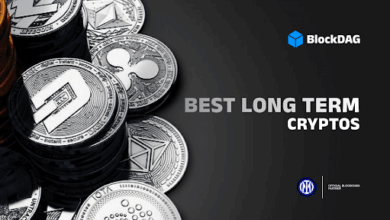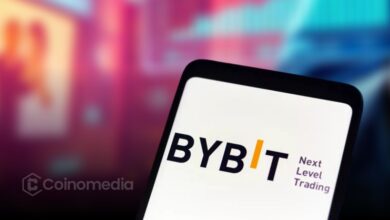Why Only 47.3% of BTC on Exchanges Has Proof of Reserves
Only 47.3% of the 2.4 M BTC on exchanges has Proof of Reserves—here’s why transparency still lags in crypto custody.

- Less than half of BTC held on exchanges is independently verified.
- Proof of Reserves builds trust—FTX’s collapse showed why.
- Public audits, like River’s, set a positive example.
“Proof of Reserves” lets users verify an exchange truly holds the BTC customers have deposited. Instead of trusting opaque balance sheets, users can confirm on-chain holdings and raw liabilities. This transparency is becoming indispensable after sudden failures like FTX.
The Current State: Just 47.3% of BTC on Exchanges
According to River, only 47.3% of the roughly 2.4 million BTC held across exchanges has undergone public Proof of Reserves verification. Unverified reserves leave $1.26 million BTC in the hands of custodians without proof—fueling concerns over fractional reserves and hidden insolvency.
Why So Low? Barriers to Adoption
- Technical complexity – Implementing Merkle proofs demands engineering resources many platforms lack.
- Privacy concerns – Exchanges worry proofs could reveal user activity or competitive balances.
- Lack of regulation – Without clear industry rules, transparency isn’t mandatory.
River’s Approach: A Model for Others
River Financial offers monthly Proof of Reserves, showing assets and liabilities – for July 1 2025, that’s 21,314.27 BTC in assets vs. 20,971.98 BTC in liabilities, exceeding 100% reserve coverage. Their tool sends a small on-chain transaction to prove wallet ownership and provides a Merkle Sum Tree to let users confirm their inclusion, while keeping identities private . They also publicly share audited financial statements, marking them as the first U.S. Bitcoin-only exchange to do so .
River’s example shows how firms can build transparency without sacrificing user privacy—or facing regulatory vacuums.
What This Means for Users
- Better protection: Verified custody reduces risk of sudden freeze or loss.
- More trust: Visible on-chain proof builds user confidence.
- More pressure on exchanges: Others may follow River’s lead if users demand it.
How to Check Proof of Reserves
- Look for on-chain evidence (e.g., small wallet transactions).
- Verify latest reserve report with assets vs. liabilities ratio.
- Confirm follow-up public audits or financial statements.
Read Also :
- Last Cheap Entry, Surge Ahead: Arctic Pablo’s $0.00042 Melts Fast- Best Crypto to Invest in 2025 as Celestia and Terra Classic Catch Fire
- Crypto Residency Token Unlocks Global Residency
- 4 Best Long-Term Crypto Coins Right Now: BlockDAG, XRP, SEI, TON Could Deliver Real Gains This Cycle
- Ethereum Soars as Bulls Eye $3K Breakout
- BONK Climbs, LINK Stalls, and BlockDAG Unveils $0.0016 GLOBAL LAUNCH Price with 3,025% ROI Potential!



